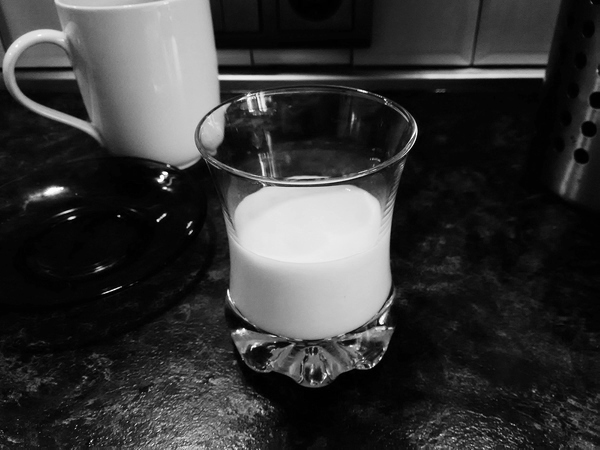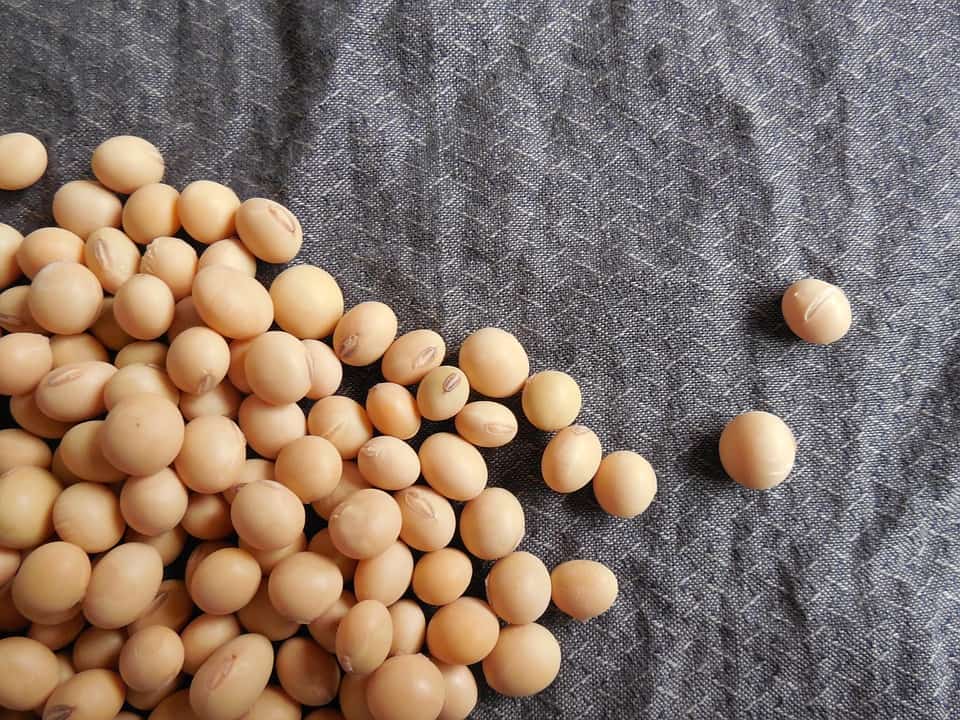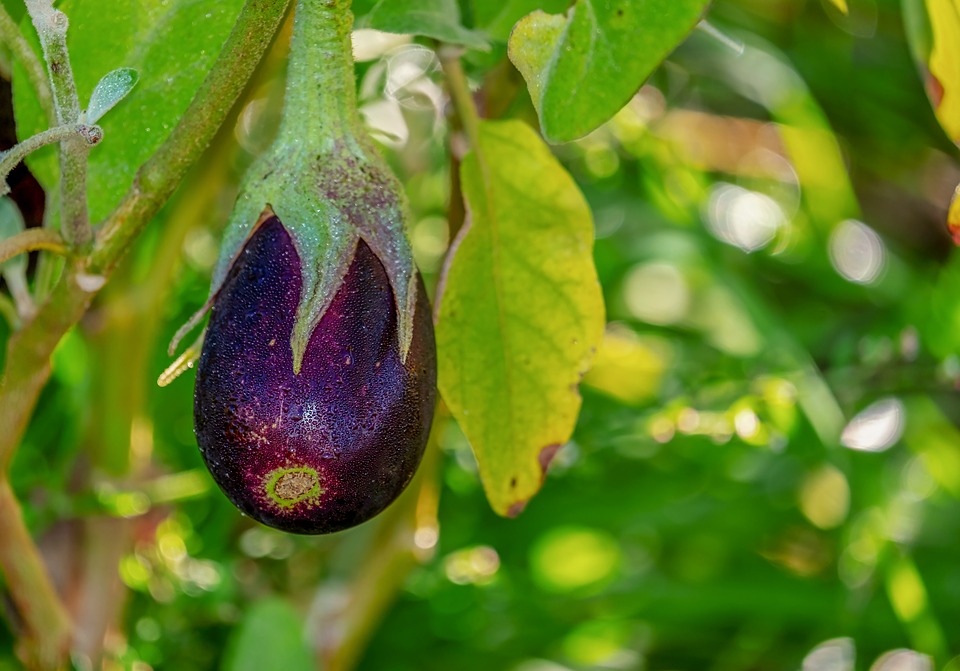
Iced coffee with almond milk: the latest trend
Iced coffee is an exquisite drink that will help you feel more invigorated and refresh yourself on a hot summer day. It is low-calorie, which means that the drink will not ruin your figure either.
According to legend, ancestors of today’s Oromo people in a region of Kaffa in Ethiopia were believed to have been the first to recognize the energizing effect of the coffee plant, though no direct evidence has been found indicating where in Africa coffee first grew or who among the native populations might have used it as a stimulant, earlier than the 15th century. The story of Kaldi, the 9th-century Ethiopian goatherd who discovered coffee when he noticed how excited his goats became after eating the beans from a coffee plant, did not appear in writing until 1671 and is probably apocryphal.
Other accounts attribute the discovery of coffee to Sheikh Omar. According to an ancient chronicle (preserved in the Abd-Al-Kadir manuscript), Omar, who was known for his ability to cure the sick through prayer, was once exiled from Mocha in Yemen to a desert cave near Ousab (modern-day Wusab, about 90 km east of Zabid). Starving, Omar chewed berries from nearby shrubbery but found them to be bitter. He tried roasting the seeds to improve the flavor, but they became hard. He then tried boiling them to soften the seed, which resulted in a fragrant brown liquid. Upon drinking the liquid Omar was revitalized and sustained for days. As stories of this “miracle drug” reached Mocha, Omar was asked to return and was made a saint.
This recipe for cold coffee does not require a set of exotic and expensive products, so everyone can make it. This drink is served in chic restaurants with Michelin stars, so you can also pleasantly surprise your guests at your next dinner party.
So, for the ingredients you will need:
1. Ground coffee.
2. Milk made from almond, coconut or cow’s milk.
3. Honey.
4. Ice
5. Cinnamon and vanilla to taste.
2. Milk made from almond, coconut or cow’s milk.
3. Honey.
4. Ice
5. Cinnamon and vanilla to taste.

First, brew a pot of strong coffee such as an american or espresso. Be sure to boil ground coffee in coffee pot. No freeze-dried coffee, it will only spoil the taste.
Then pour the coffee into a shaker (blender or other container) and add one cup of milk (coconut, almond, cow).

After that, we put ice cubes into a shaker. 5-6 pieces will be enough.
Then, instead of sugar, add 2 teaspoons of honey and beat with a mixer.

Add a few teaspoons of honey, cinnamon or vanilla extract for a little sweetness if desired.


